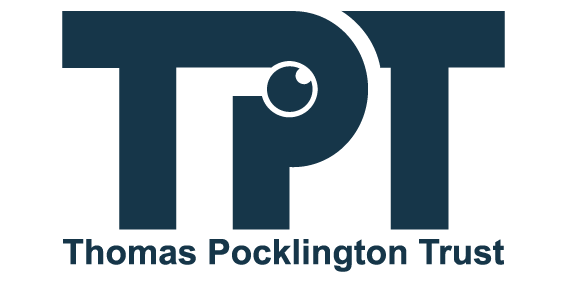All colleges should have a digital accessibility policy, that makes it clear that delivering an accessible-by-design approach is the responsibility of all staff, not just disability/learning support teams.
It can also help protect the college from complaints.
Encouraging staff to follow these procedures and to learn what they can do to deliver accessible-by-design learning, helps everyone. The policy should be reviewed and be part of any induction of new and existing staff.
Get started with these resources
There are potential opportunities with the extra funding announced by the Chancellor in the 2021 budget to support further expansion and training in relation to digital accessibility.
Set up a digital accessibility working group
We recommend setting up a Digital Accessibility Working Group (DAWG), involving all key stakeholders (including senior leaders), to support and enable clear and open conversations around strategic priorities for improving the digital accessibility of college systems.
The message that ‘accessible design is good design’, should be demonstrated by senior leadership teams both in action and words. Every email, presentation, website and policy document should include accessible-by-design principles. The working group should set out how accessibility can be achieved and showcase how everyone has their role to play.
Working Groups can be highly effective at drawing together disparate elements of an organisation and identifying the right people to effect change within their departments.
An example of good practice is the University of Kent and Kent County Council Digital Accessibility Working Group which has been running for several years and is responsible for the widespread adoption of an accessible-by-design approach across the two organisations.
Speak with stakeholders with disabilities
Speaking with disabled students and staff about their requirements will help to understand what their needs are.
Stakeholders can help to test digital systems and inform policies to ensure that their needs are met. This could be achieved through setting up a college disabled students’ network or other service user research strategies.
The important thing is to get students involved and to ensure that all policies are robust to address their needs and the needs of future students. Not everyone with access needs will have the same requirements or preferences. No one policy can address every need, but it should be clear on how a college will respond to individual needs.
Set clear targets
Set clear targets for levels of improvement year on year. Building an accessible-by-design organisation takes time. Organisations can use tools such as Blackboard Ally to monitor the accessibility health of documents on their Virtual Learning Environment (VLE) to provide quantitative evidence of improvement.
The Higher Education (HE) and Further Education (FE) Accessibility Maturity Model, is a useful tool to use to judge the maturity of your organisation’s digital accessibility.
This guidance has been created in response to research from All Able Ltd commissioned by Thomas Pocklington Trust that looked at blind and partially sighted students’ access to information and assistive technology in mainstream FE. This showed a lack of inclusive practice creating a barrier to accessibility. Read about this research.



